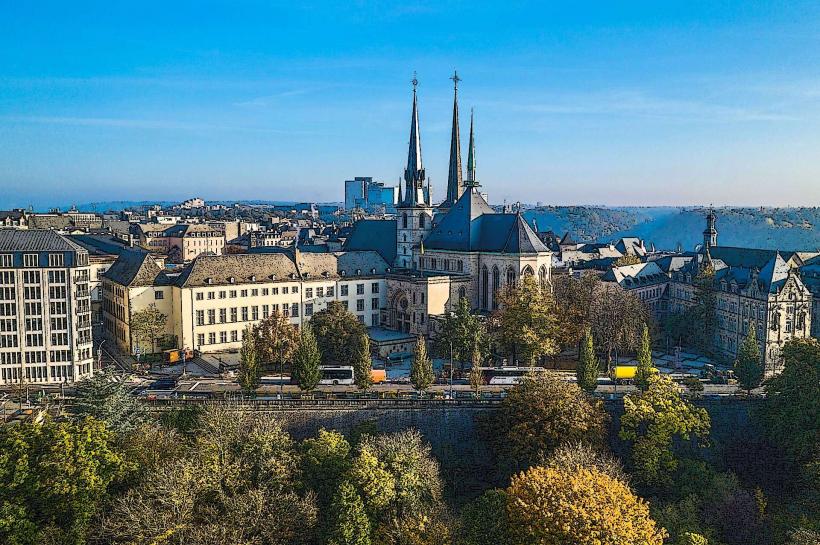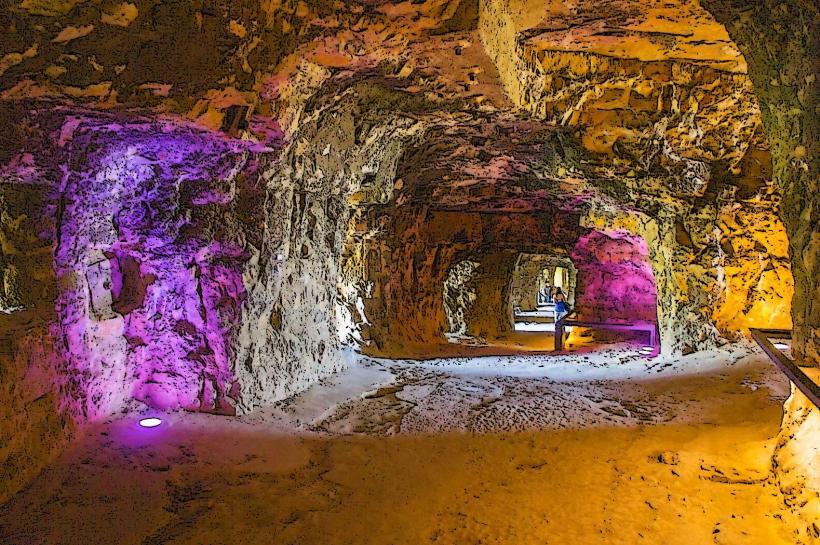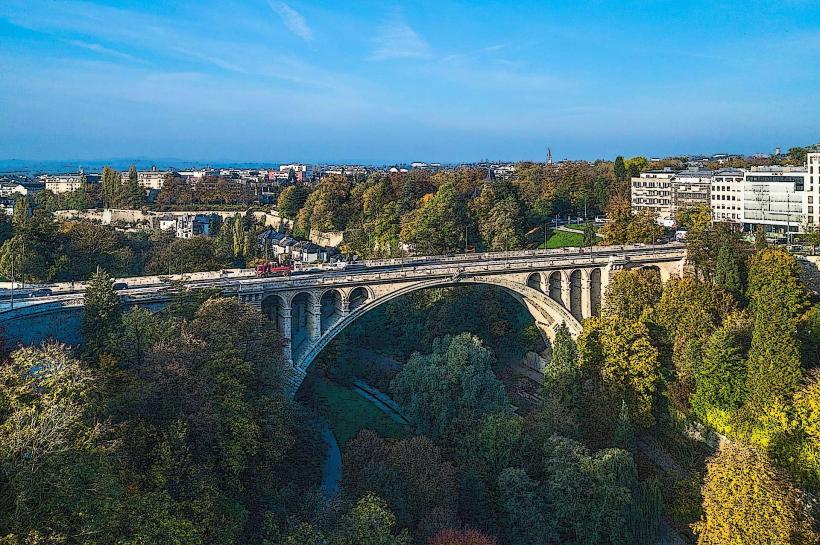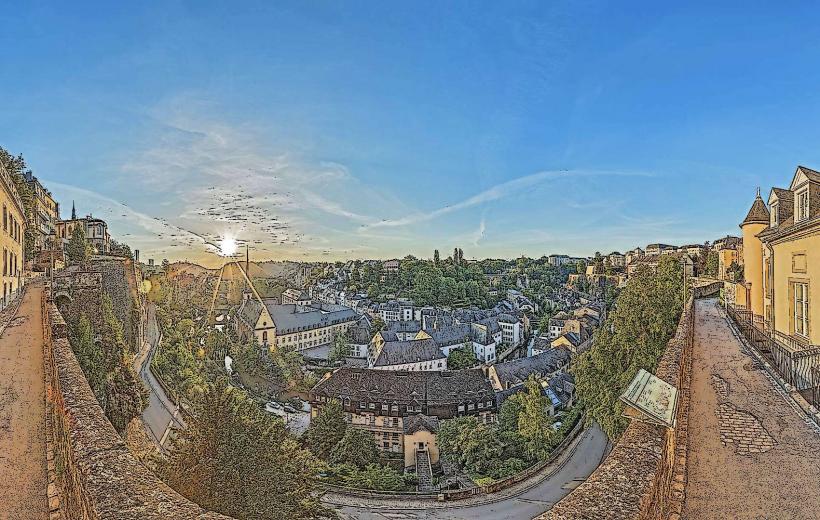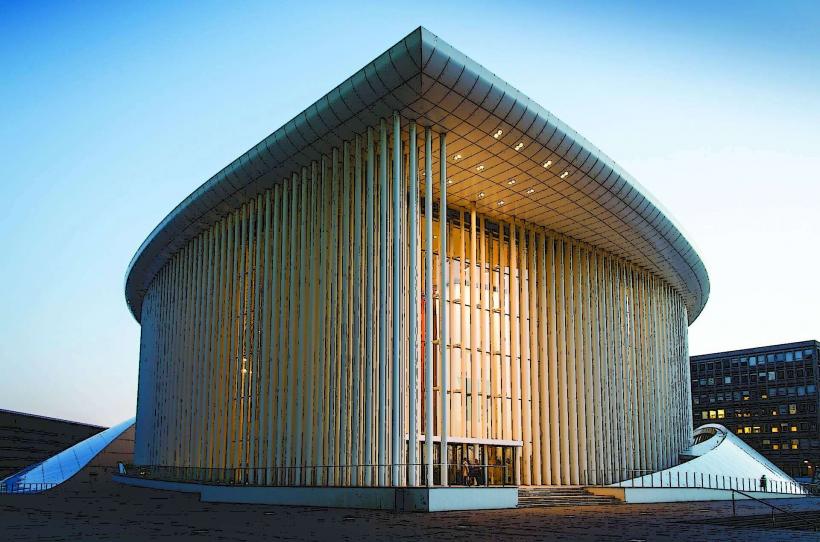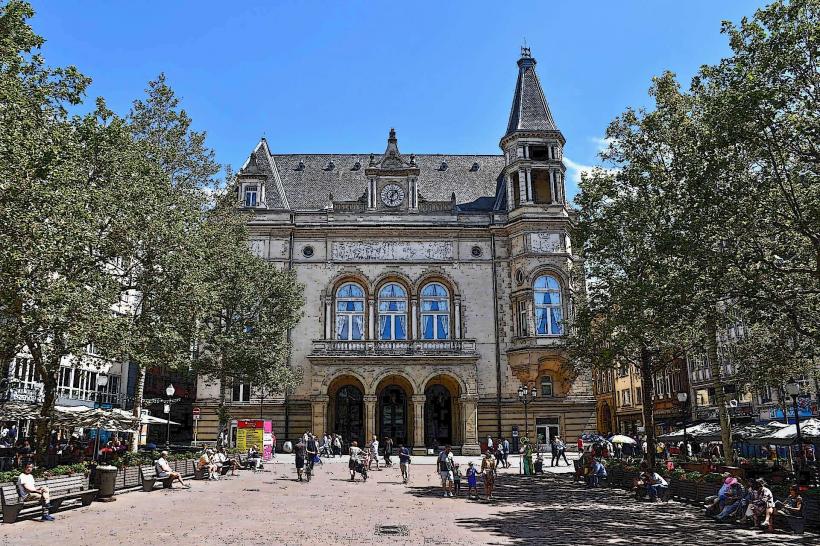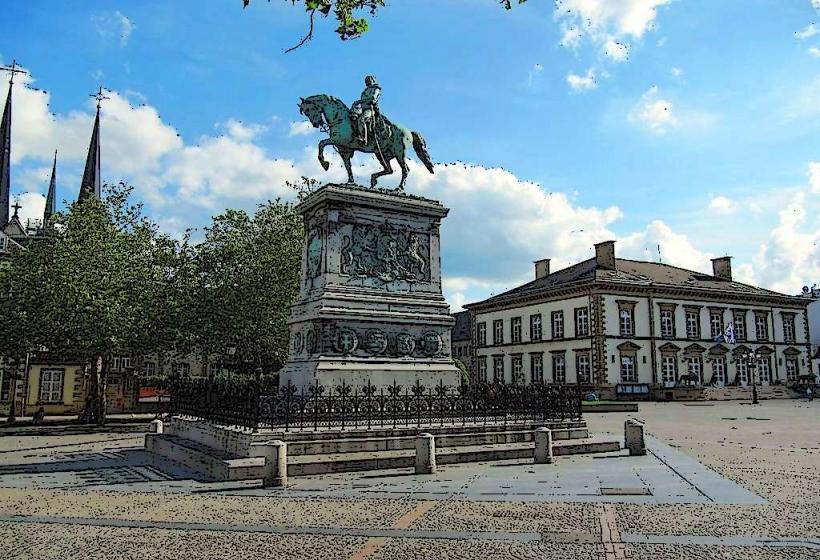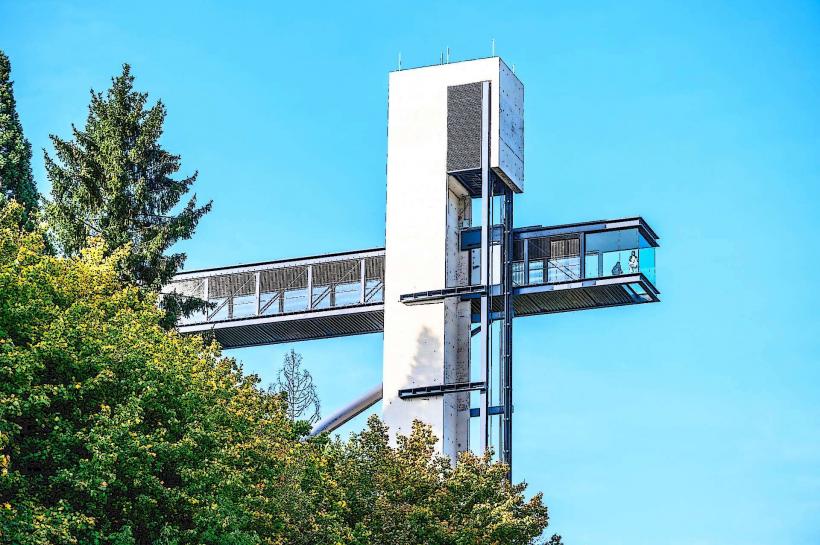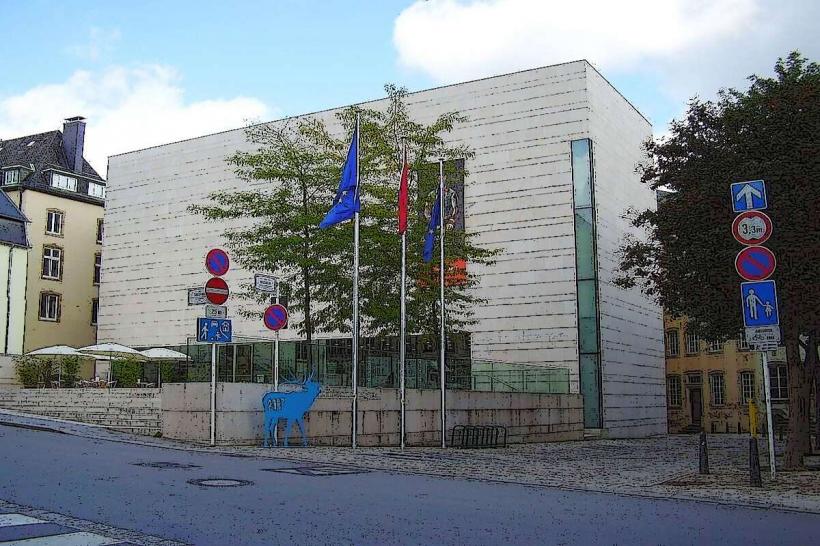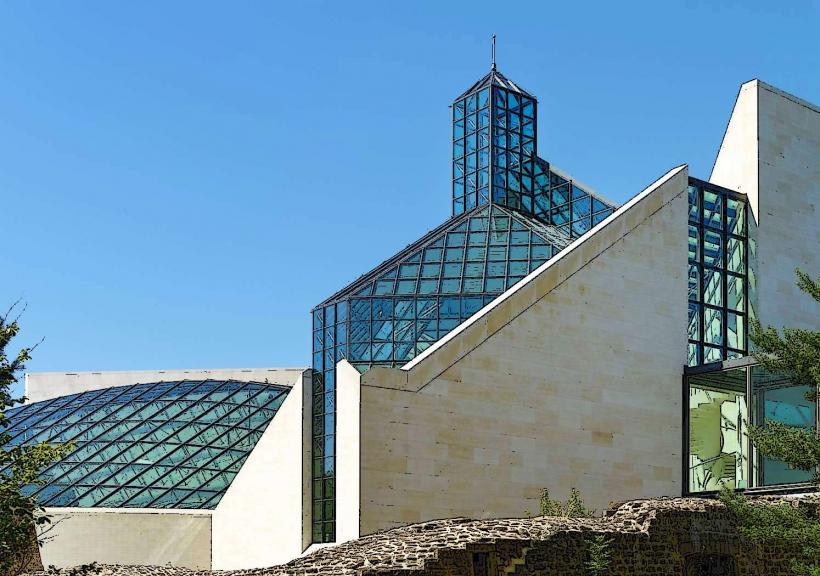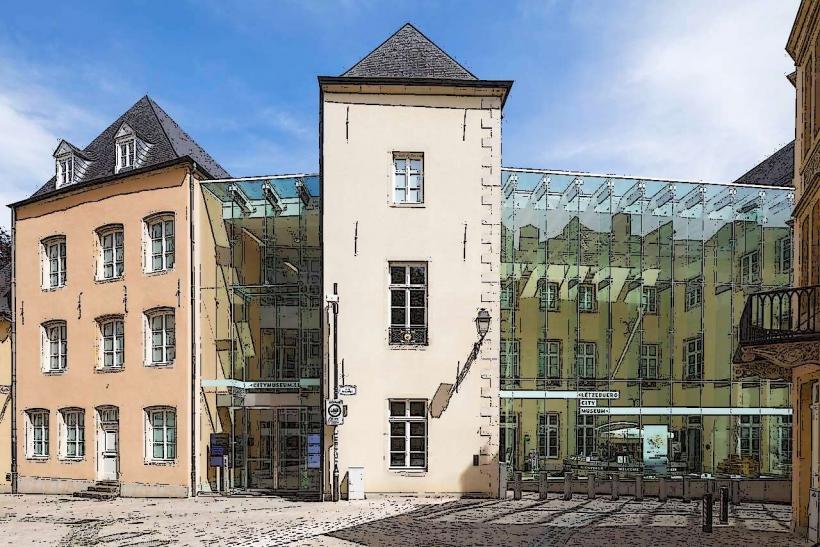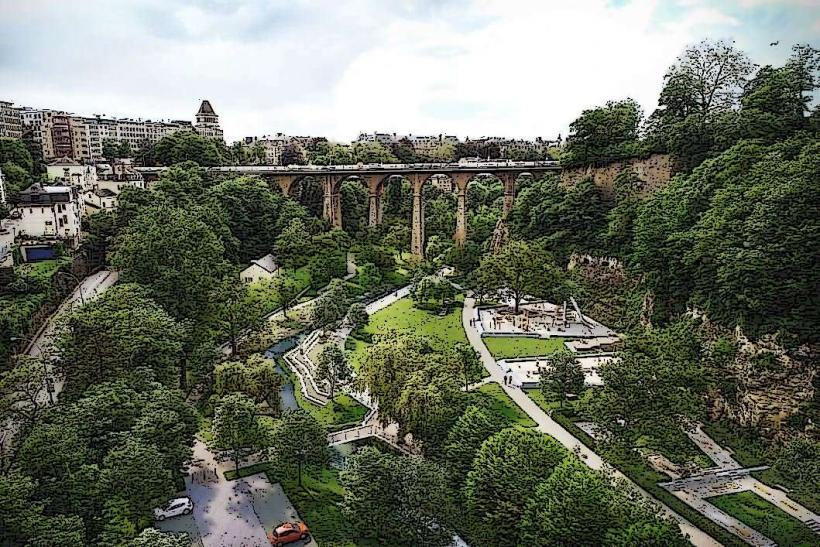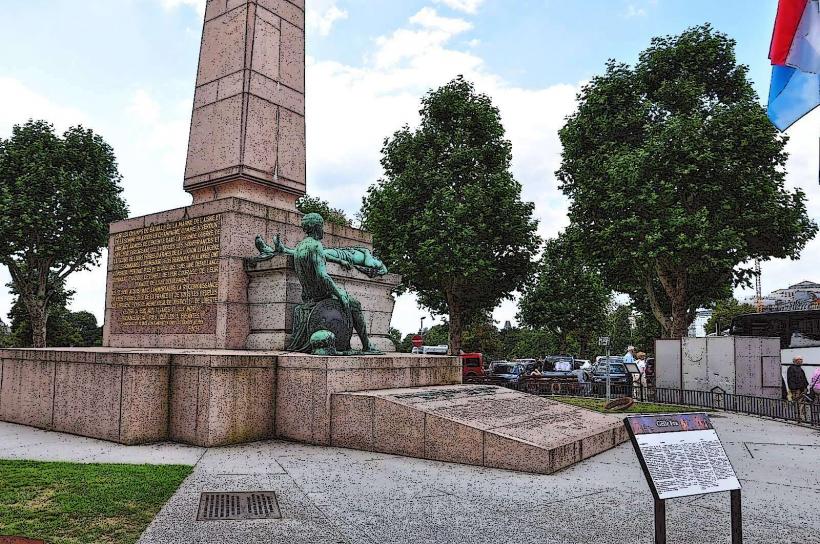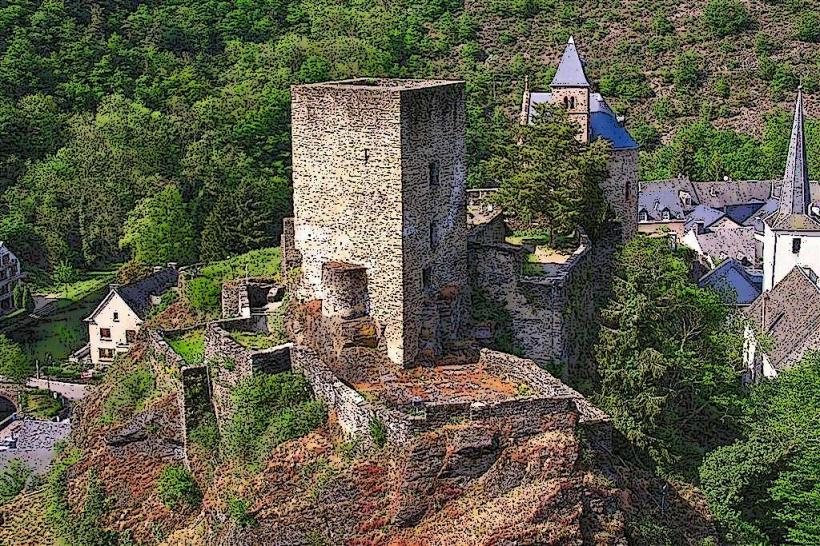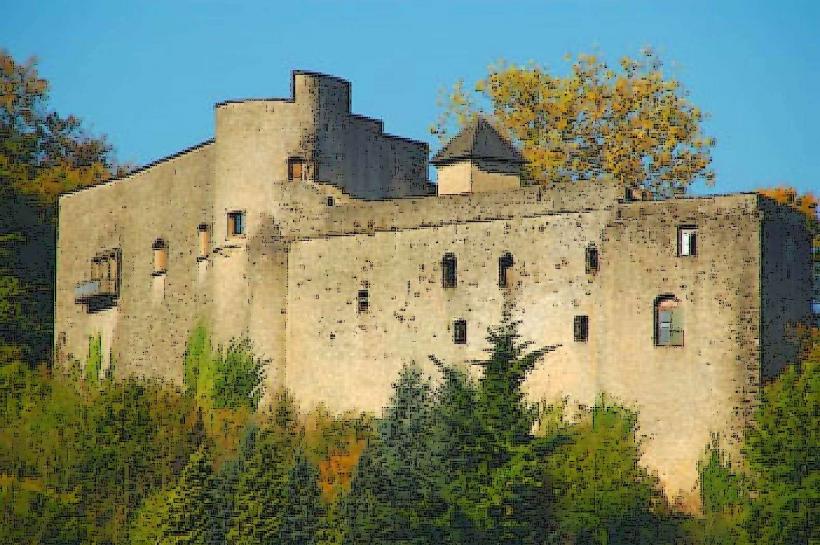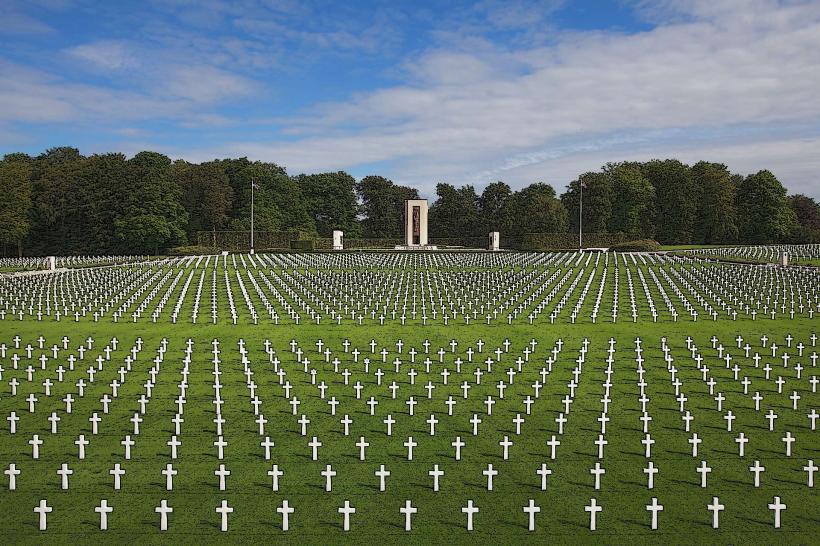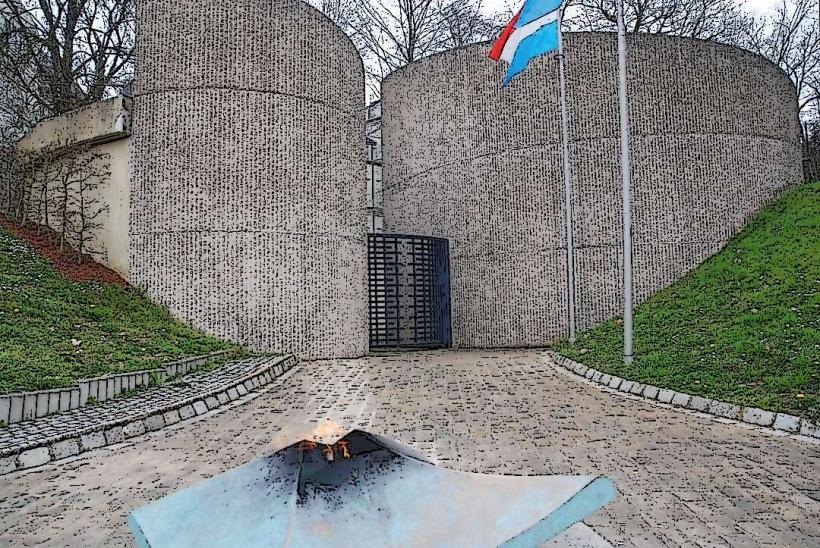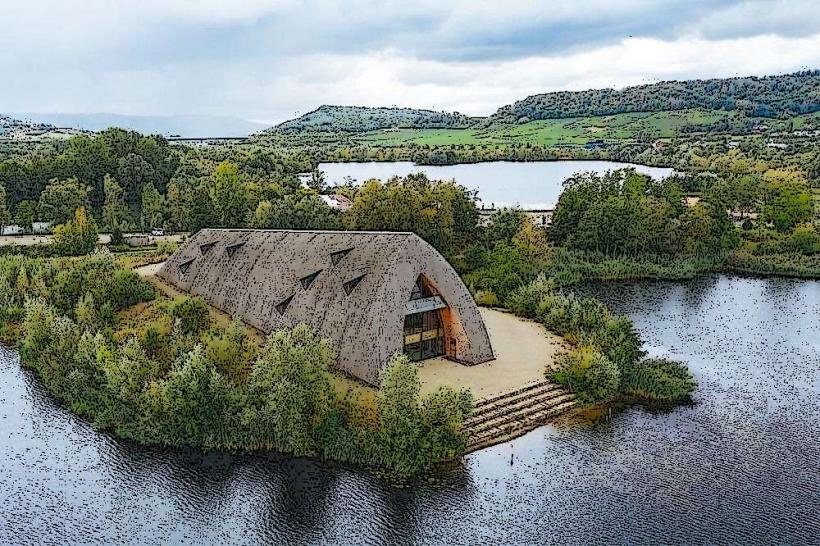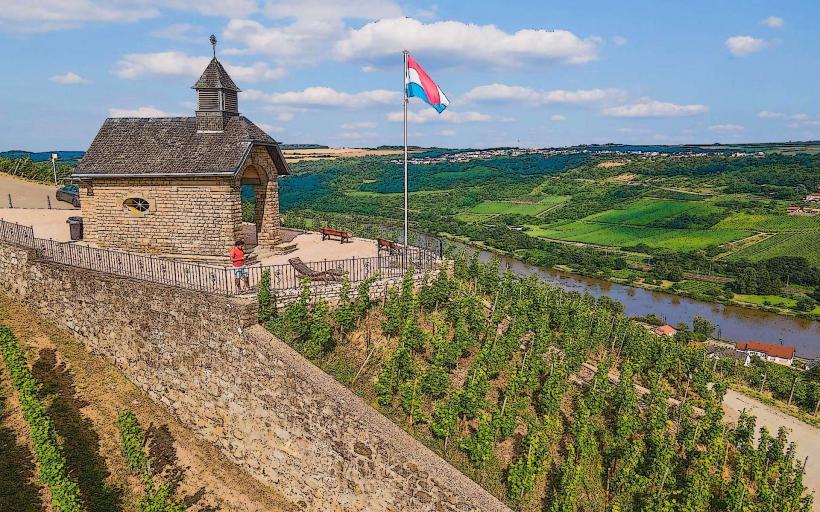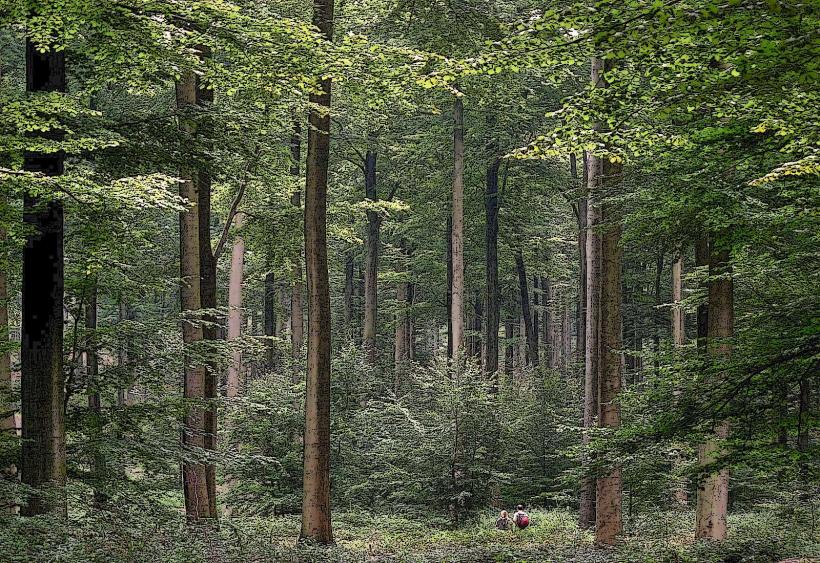Information
Landmark: Drai Eechelen MuseumCity: Luxembourg City
Country: Luxembourg
Continent: Europe
Drai Eechelen Museum (Three Acorns Museum): A Detailed Overview
The Drai Eechelen Museum, also known as the Three Acorns Museum, is a museum located in the fortress of Luxembourg City. The museum is housed in the former Fort Thüngen, part of the city's extensive fortifications. This museum offers a fascinating look into the history of Luxembourg's military past, its fortress system, and the city’s evolution over the centuries. The name "Drai Eechelen" refers to the three acorns depicted in the city’s coat of arms, symbolizing the country's strength and resilience.
Historical Background and Significance
Fort Thüngen: The **museum is located in the historic Fort Thüngen, which was built in the 18th century as part of Luxembourg City's fortress defenses. The fort was designed to protect the city from external threats, with its strategic location on the Pétrusse Valley allowing for an excellent vantage point. Over time, the fortifications of Luxembourg City became an essential element of the city's identity and played a key role in its military history.
The Fortress of Luxembourg: Luxembourg’s fortress was once one of the most important in Europe, owing to the city's strategic location. The city was heavily fortified from the 16th century through to the 19th century, and the fortifications were recognized as a UNESCO World Heritage Site in 1994. The Drai Eechelen Museum explores this fascinating aspect of Luxembourg's history, providing insights into the significance of the fortress and the military history of the city.
Museum Design and Exhibits
Museum's Focus: The Drai Eechelen Museum is dedicated to the history of Luxembourg’s fortifications, as well as its military history, and urban development. It offers a deep dive into how the fortress system influenced the city’s growth, architecture, and the nation’s role in European history.
Architectural Setting: The museum is housed within the historic fort itself, and many of the original fortifications have been preserved, making it a unique opportunity to explore a historical building while engaging with the museum's exhibits. The interior has been thoughtfully renovated to accommodate modern exhibitions, while still maintaining the fort's historic charm.
Exhibition Themes: The museum covers several key topics, including:
- The history of Luxembourg’s fortifications and the military systems that were in place for centuries.
- The city’s role as a strategic military site throughout European history.
- The development of Luxembourg’s urban landscape over the centuries and how the fortress and its structures influenced the city’s growth.
- Insights into Luxembourg's involvement in European and world conflicts, particularly focusing on the 18th and 19th centuries.
Permanent and Temporary Exhibits: The museum hosts a combination of permanent and temporary exhibits. The permanent exhibits include models of the fortress, military artifacts, and historical documents. Temporary exhibits focus on various aspects of Luxembourg’s history, art, and culture, often with a focus on the military or historical heritage of the city and the country.
The Name "Drai Eechelen"
- The Three Acorns: The name "Drai Eechelen" translates to "Three Acorns" in Luxembourgish. These acorns are an important symbol of Luxembourg, appearing in the country’s coat of arms. They represent the resilience and strength of Luxembourg’s people, who have withstood many challenges throughout the country’s history. The name is an homage to this symbol and serves as a reminder of the nation's enduring spirit.
Location and Setting
Location: The Drai Eechelen Museum is located in the upper town (Ville Haute) of Luxembourg City, near the Pétrusse Valley, in close proximity to the Grand Ducal Palace and Adolphe Bridge. It is part of the broader Luxembourg City History Museum network and is an essential stop for anyone interested in learning about Luxembourg's military and architectural history.
Scenic Views: The museum is strategically placed within the historic fort, offering stunning views over the Pétrusse Valley and the surrounding areas. Visitors can enjoy a unique perspective of the city from within the fort's walls, making it a picturesque and educational experience.
Visitor Experience
Exploration of Fort Thüngen: Visitors to the museum are able to explore the fortifications of Fort Thüngen, including bastions, watchtowers, and underground passages. The preserved fort structures provide a tactile and immersive experience, allowing visitors to understand the importance of the fortress as a military stronghold.
Interactive Exhibits: The museum is designed to be both informative and engaging, with interactive displays and multimedia presentations. These allow visitors to learn more about Luxembourg's fortifications in a dynamic way, appealing to both history enthusiasts and casual visitors.
Educational and Cultural Programs: The museum offers a range of educational programs for visitors of all ages, including guided tours, workshops, and special events. These programs are designed to help visitors better understand Luxembourg's history and the significance of its military heritage.
Practical Information for Visitors
Opening Hours: The museum is typically open every day except for public holidays. However, visitors should check ahead for any temporary closures or changes in hours.
Admission Fees: The museum charges an admission fee, though it is generally quite affordable. There are also discounts for students, seniors, and groups. Special events or temporary exhibitions may have separate entry fees.
Accessibility: The Drai Eechelen Museum is accessible to visitors with mobility challenges, with ramps and elevators to navigate the fort's terrain.
Nearby Attractions: The museum’s central location means that it is within walking distance of several other notable Luxembourg City landmarks, including the Bock Casemates, the Grand Ducal Palace, and the Place de la Constitution.
In Summary
The Drai Eechelen Museum (Three Acorns Museum) offers a unique and immersive experience into the history of Luxembourg’s military past, the fortress system, and the urban development of Luxembourg City. Situated within the historic Fort Thüngen, the museum combines archaeological artifacts, multimedia displays, and preserved fortifications to tell the story of Luxembourg's strategic importance in European history. With its engaging exhibits and historical setting, it is an essential stop for anyone interested in Luxembourg’s cultural and military heritage.


